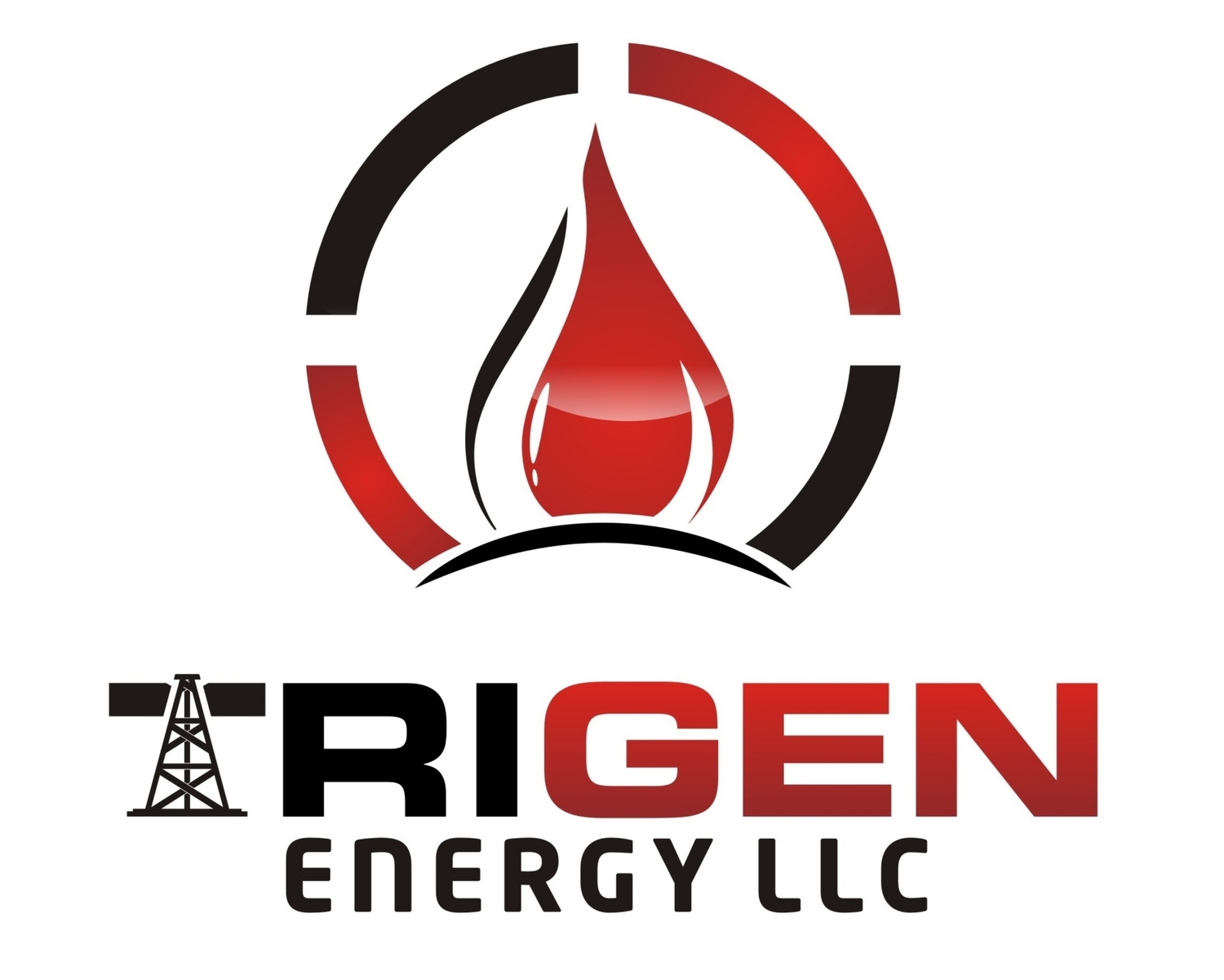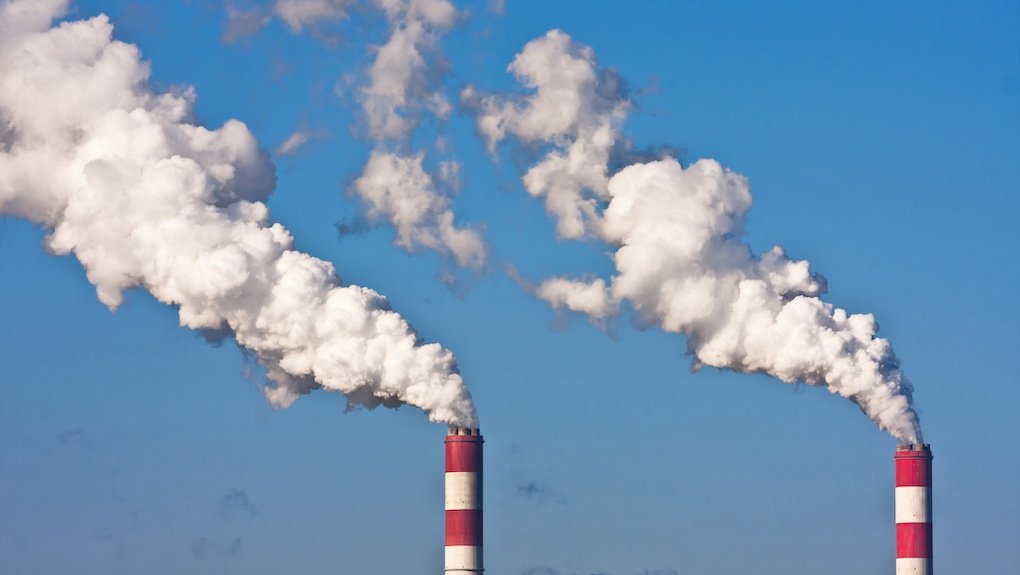Carbon Sequestration
A growing number of companies and individuals—especially those involved with agriculture—are starting to learn about the topic of carbon sequestration. But, what exactly is carbon sequestration? How will carbon sequestration impact landowners and businesses across the United States? At Trigen Energy LLC, we’re proud to be a thought leader in this emerging space. Continue reading for a brief introduction to carbon sequestration.
What is Carbon Sequestration?
Politics aside, it seems that the United States is moving toward policies that would attempt to govern, restrict, and/or penalize companies for emitting carbon dioxide (CO2) into the atmosphere. For fertilizer manufacturers, ethanol producers, and organizations that emit large amounts of CO2, such legislation could pose serious risks to their long-term viability.
Carbon sequestration is the process of capturing carbon dioxide (CO2) before it is emitted into the air and storing it elsewhere, usually deep under the earth’s surface. However, not all ground is ideal for sequestering CO2. CO2 sequestration requires deep (typically greater than a half mile within the earth) saline rock formations that are highly porous and permeable. To date, only two EPA permits have been granted for carbon sequestration projects, both of which are clustered in the central Illinois portion of the Illinois Basin due to the prevalence of a high-quality sandstone formation, the Mt. Simon sandstone. The Mt. Simon sandstone is located more than a mile below the earth’s surface and has proven successful for carbon dioxide injection and storage.
Currently, there are two basic approaches for carbon sequestration. If the CO2 producer is located on land with the right geology, the producer may opt to build its own carbon sequestration well. In reality, this approach is infeasible for most organizations due to infrastructure costs, the complexity of managing an in-house carbon sequestration program, and the geographic concentration of suitable geology in only a few areas of the United States. A more common approach, at least in theory, involves partnering with a midstream company that owns and operates a pipeline that transports compressed CO2 to its final storage location—potentially hundreds of miles away. To date, no dedicated pipeline for CO2 sequestration exists in the United States, but we’re working to change that here at Trigen Energy LLC.
3 Benefits of carbon sequestration
Why should farmers, landowners, fertilizer companies, ethanol plants, and the general business community care about carbon sequestration? In addition to the potential environmental impact, here are three additional benefits of carbon sequestration:
1. Income Opportunity for Landowners
Carbon sequestration offers multiple income-producing opportunities for landowners. If you own land near a well, you could be eligible to receive payments in exchange for the rights to use your pore space for the carbon sequestration project. In many cases, no one would ever need to step foot on your property or alter your land. Another income opportunity involves agreeing to allow the pipeline to run across your property (typically five feet underground). Once construction is complete, you can go back to farming your ground while still enjoying payments related to the right of way easement.
2. Tax Credits for Producers
Some producers may already be eligible for tax credits for each ton of sequestered carbon dioxide. Sequestering millions of tons of CO2 could translate into a huge tax savings and passed on as a savings to farmers and other constituents.
3. Proactive Mitigation of Risk
Some industry experts believe that CO2 legislation is not a matter of if—but a matter of when. Proactively sequestering CO2 could help producers demonstrate goodwill and get a head start on compliance.
Land-related Challenges of Carbon Sequestration
Piping millions of tons of CO2 across hundreds of miles requires considerable planning and “on the ground” coordination. Here are a couple land-related challenges to think through before embarking on a carbon sequestration project.
Obtaining the Right of Way for the Pipeline
Before pipeline construction ever begins, it’s essential to have the right agreements in place with all landowners. A pipeline that spans multiple states could require outreach, negotiation, and follow-up with hundreds of landowners. And, anytime the word “pipeline” is involved, getting people to say “yes” isn’t easy.
Planning for the “Plume” Effect
Carbon dioxide tends to migrate outward after it is pumped into the ground. This means that landowners on the perimeter of a well could eventually have CO2 under their ground. Obtaining subsurface agreements with landowners within a certain mile radius is another important step.
How Trigen Energy Can Help
We help carbon sequestration companies by coordinating and managing the land-related aspects of your project. From lease acquisition to right of way and project management, we offer the land services that are essential for pipeline and storage well projects.
We help landowners and farmers by providing educational resources and hosting interactive Q&A sessions. We want landowners and farmers to feel confident in their decision to participate in a CO2 sequestration project.
We help the carbon sequestration community by participating in local discussions and meetings, working with economic development boards, and generally advocating for CO2 sequestration.




